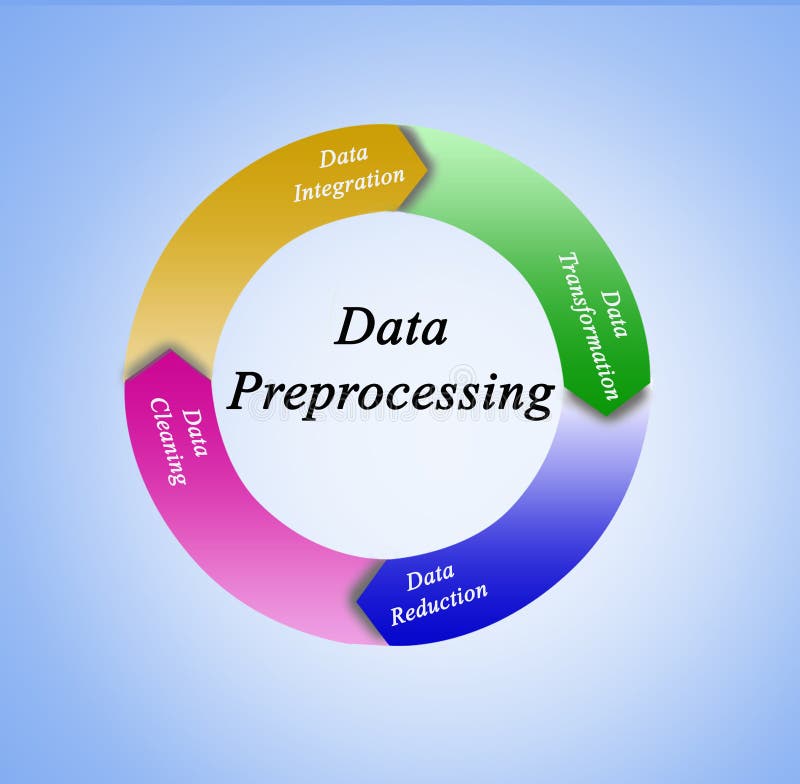In the era of data-driven decision-making, statistics and database management systems (DBMS) form the backbone of effective data mining processes. Revisiting the fundamentals of these domains is essential for extracting meaningful patterns, trends, and insights from vast datasets. This blog delves into the role of statistics and DBMS in data mining, highlighting their interconnectedness and practical applications.
The Role of Statistics in Data Mining
Statistics provide the foundational tools and methodologies for analyzing data. In the context of data mining, statistical techniques are employed to:
- Data Preprocessing:
- Handle missing values, outliers, and inconsistencies.
- Normalize or standardize data for uniform analysis.
- Descriptive Analysis:
- Summarize data using measures like mean, median, variance, and standard deviation.
- Visualize data with charts and plots to identify patterns and distributions.
- Inferential Analysis:
- Apply hypothesis testing to validate assumptions about datasets.
- Estimate population parameters using sample data.
- Predictive Modeling:
- Utilize regression analysis, classification, and clustering techniques.
- Build models to forecast trends and behaviors.
- Evaluating Models:
- Assess the accuracy and reliability of predictive models using metrics like RMSE (Root Mean Square Error), R-squared, and confusion matrices.
Database Management Systems: The Engine Behind Data Mining
A Database Management System is critical for organizing, storing, and retrieving data efficiently. Key aspects of DBMS that support data mining include:
- Data Integration:
- Combine data from multiple sources, ensuring consistency and eliminating redundancy.
- Query Processing:
- Retrieve relevant subsets of data using SQL (Structured Query Language).
- Perform aggregations and join operations to prepare data for analysis.
- Storage Management:
- Utilize optimized storage techniques to handle large volumes of data.
- Ensure data indexing for faster retrieval.
- Concurrency and Transaction Management:
- Maintain data integrity during simultaneous access by multiple users.
- Implement ACID (Atomicity, Consistency, Isolation, Durability) properties for reliable transactions.
- Data Warehousing:
- Aggregate and store historical data for analytical purposes.
- Enable OLAP (Online Analytical Processing) for multidimensional analysis.
The Intersection of Statistics and DBMS in Data Mining
The synergy between statistics and DBMS is pivotal in data mining workflows:
- Data Preparation:
- Statistics guide data cleaning and transformation, while DBMS provides tools for handling large datasets efficiently.
- Pattern Discovery:
- Statistical methods identify correlations, trends, and anomalies, with DBMS enabling rapid computations over extensive data.
- Model Building and Evaluation:
- Statistics drive the creation and validation of predictive models. DBMS ensures the availability of training and testing datasets.
- Visualization and Reporting:
- Statistics aid in designing meaningful visualizations, while DBMS supports real-time querying for dynamic dashboards.
Applications of Data Mining in Real-world Scenarios
- Customer Relationship Management (CRM):
- Analyze customer purchasing patterns using clustering and association rules.
- Optimize marketing campaigns by segmenting customers.
- Healthcare:
- Predict disease outbreaks using regression models.
- Improve patient care through pattern recognition in medical histories.
- Finance:
- Detect fraudulent transactions with anomaly detection techniques.
- Assess credit risk using classification algorithms.
- E-commerce:
- Recommend products based on collaborative filtering.
- Analyze user behavior to improve website interfaces.
Challenges and Future Directions
Despite their significance, integrating statistics and DBMS in data mining presents challenges such as:
- Scalability:
- Handling ever-growing datasets requires advanced DBMS technologies and statistical techniques.
- Data Quality:
- Ensuring the accuracy and reliability of data remains a persistent issue.
- Privacy Concerns:
- Balancing data utility with privacy protection involves ethical and legal considerations.
The future of data mining lies in leveraging advancements in machine learning, AI, and cloud computing. These technologies will further enhance the capabilities of statistics and DBMS, enabling organizations to unlock deeper insights from data.
Conclusion
The revision of statistics and database management systems is not merely academic but a practical necessity for effective data mining. By understanding and integrating these domains, data professionals can unlock the true potential of their datasets, driving innovation and informed decision-making across industries. As technology evolves, the convergence of statistics, DBMS, and data mining will continue to transform the way we harness data for a smarter future.


